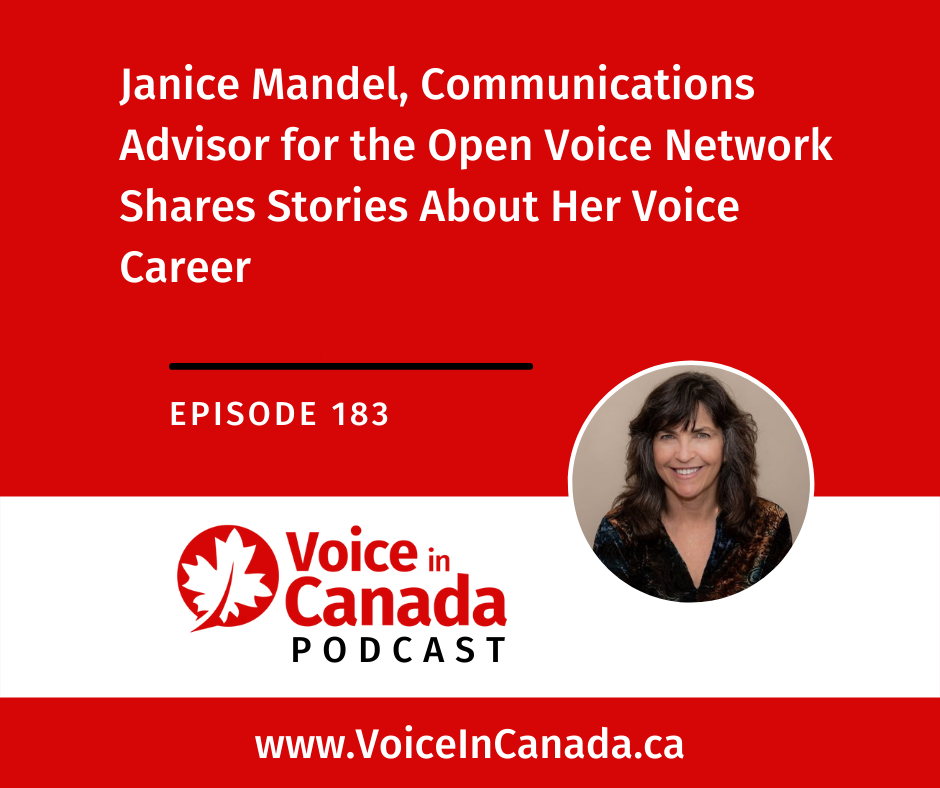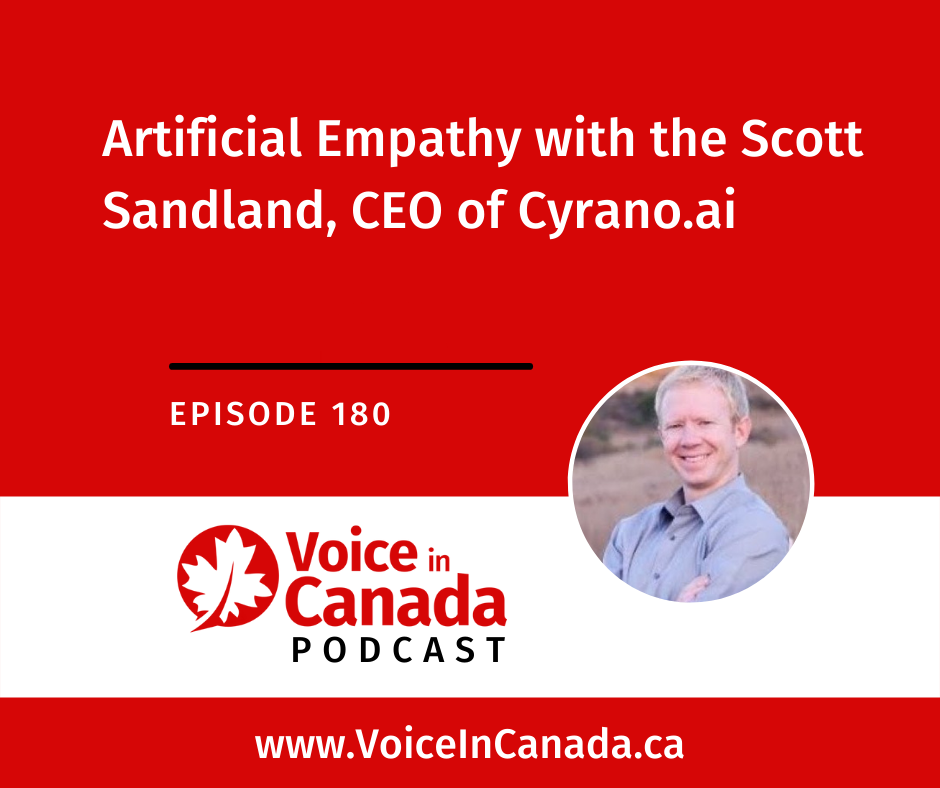Emily Lonetto, Head of Growth at Voiceflow Talks About Building Community as a Voicefluencer (Episode 145)
Welcome Emily Lonetto
Emily’s experience is in growth, from early-stage startups to scaling people from B2C and beyond. Her focus has been on growing the community organic growth and helping with startups and fostering ecosystems in Toronto and San Francisco. Currently, Emily is the Head of Growth at Voiceflow.
How Did Emily Get Involved with Voiceflow?
Emily took the element of brand-new ideas, with new industries and a new interface and viewed that as the perfect opportunity to work with Voiceflow.
How Did Emily Get the Nickname “Amplify”?
Emily needed to find something that was echoing the idea of growth and to seem bigger and to amplify what missions or things we are trying to get across.
How Did Emily Get Involved in Voice tech?
Emily stated that everyone belongs in voice. Her background came from the design and graphics side. Her background in growth came from diving into startups that have a lack of resources.
Emily initially started in design at a company called Tilt (at the time), which grew quickly and got acquired by AirBnB. This was an amazing introduction into growth and community, and later shifted more into product growth and growth via marketing.
Emily then joined as Storyflow’s first advisor and was excited about solving a creative problem and working on something new and exciting.
What Are Some Ways to Grow a Platform or Community?
Emily loves the idea of forums where a community comes together. Even before coming on board, Emily guided her team on how they can set up a community, so they ended up having an early product feedback loop. It’s all about facilitating connections and answering the questions the community has.
The community puts faces and voices behind the things that they are building, and they are constantly adding and engaging with people.

What is the Voiceflow Process?
Voiceflow is an easy way for people to design a prototype, launch, and eventually scale what they are building for voice. Voiceflow makes it easy by turning it into a visual step program that enables people to drag and drop steps, or even add custom code. Furthermore, Voiceflow has partnered with Alexa and Google; it’s a great entry point for people that are looking to enter the voice space.
Some Fascinating Success Stories with Voiceflow
Nate Monk came in early-stage and figured out how to monetize Alexa apps and now he is generating close to $3k a month on passive app income.
Emily shared that schools are also doing some fascinating things with Voiceflow. A school in London built a custom assistant based on different actors’ voices to challenge and test out what AI should be.
What New Feature Are People Asking for?
Voiceflow has been working on how one can simultaneously showcase what the conversation experience looks like with the visuals or other modalities, and it will be available very soon.
How Can People Get Started with Voiceflow?
Emily believes that early use cases are an inspiration for those that are just getting started. This can inspire people to say, “I want to build that.”
Emily mentioned that it makes sense to take advantage of the templates because there are about 40 templates to pick from. To get started, you can visit the Voiceflow website.
Connect with Emily Lonetto
Connect with Emily on LinkedIn
Follow Emily on Twitter
Follow Emily on Instagram
Thank You to the Sponsors of The Voice Den:
Headliners Sponsors

Join the Alexa Developer Community on Slack
Alexa launched a new Slack channel for the Alexa Developer community. Join the channel to engage with developers and experts from Alexa’s technical and product teams, gain answers to your technical questions, and share learnings and best practices. Join Today »

Learn more about Google Assistant, and discover what your assistant can do. Ready to help, wherever you are. Learn more.











![Celene Osiecka of [24]7 on the Voice in Canada Podcast](https://voiceincanada.ca/wp-content/uploads/2021/10/Celene-Osiecka-of-247-on-the-Voice-in-Canada-Podcast-1.jpg)